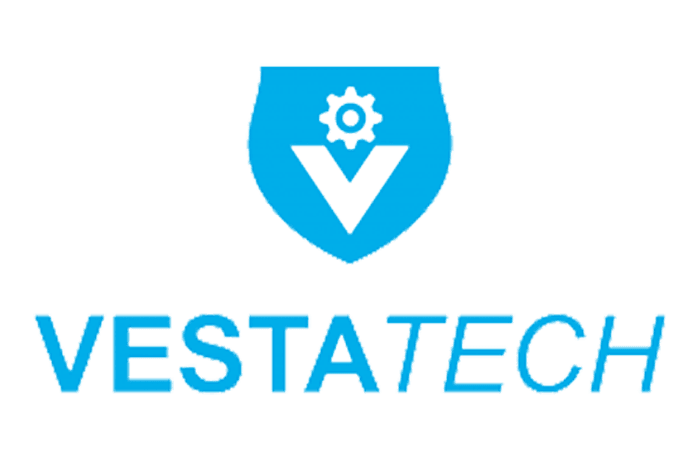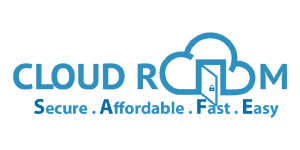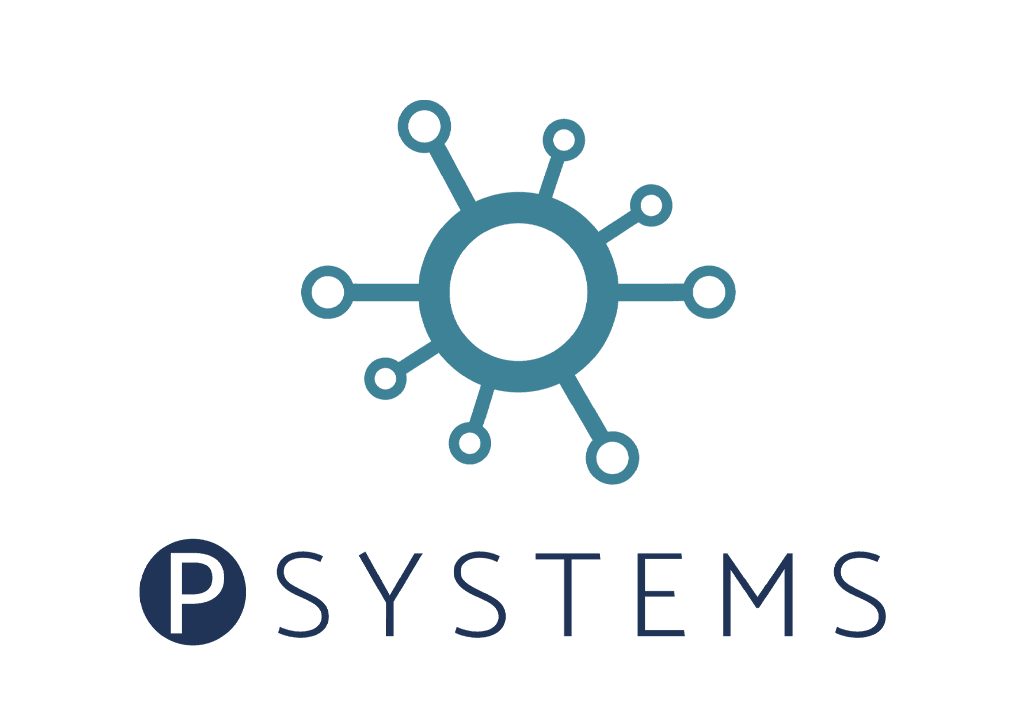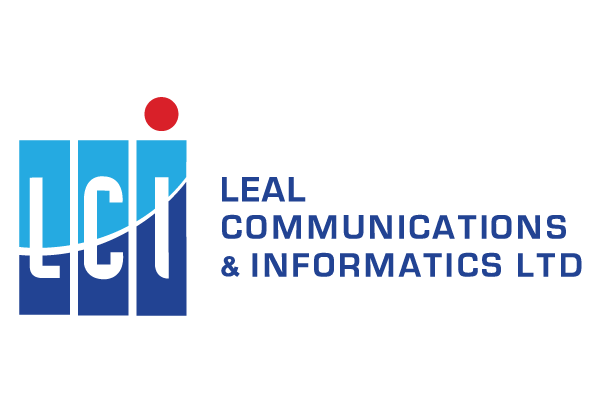Unraveling the Layers of PaaS

Let us begin our journey by peeling back the layers of Platform as a Service (PaaS). At its core, PaaS serves as a facilitator for application development and deployment, offering developers a ready-made environment equipped with tools and frameworks. This abstraction of infrastructure complexities allows developers to focus their efforts on coding and innovation, rather than grappling with hardware configurations.
PaaS platforms come in various forms, catering to diverse development needs. From simple web application deployment platforms to comprehensive enterprise-grade solutions, PaaS offerings span a wide spectrum. Moreover, PaaS empowers developers with scalability, enabling them to seamlessly adjust resources as per demand, thereby optimizing costs and performance.
Illuminating the Spectrum of SaaS

As we transition to the realm of Software as a Service (SaaS), we encounter a diverse spectrum of applications accessible over the internet. SaaS represents a paradigm shift in software delivery, offering users convenient access to a myriad of applications without the burden of installation or maintenance.
One of the defining features of SaaS is its user-centric approach. Applications delivered through SaaS are designed with usability and accessibility in mind, catering to a broad audience ranging from individual consumers to enterprise users. From email and productivity tools to complex enterprise resource planning (ERP) systems, SaaS applications cover a vast array of functionalities, enhancing efficiency and collaboration across various domains.
Delving Into the Foundations of IaaS

Our exploration culminates with a deep dive into Infrastructure as a Service (IaaS), the foundational layer of cloud computing. IaaS offers users virtualized computing resources, including virtual machines, storage, and networking, delivered over the internet.
One of the key advantages of IaaS lies in its flexibility and scalability. Users have the freedom to tailor their infrastructure to meet specific requirements, adjusting resources on-demand to accommodate fluctuations in workload. This granular level of control empowers organizations with the agility to innovate and adapt to changing business needs swiftly.
Moreover, IaaS eliminates the need for upfront hardware investments, shifting the focus from capital expenditures to operational expenses. This pay-as-you-go model not only reduces financial barriers but also enables organizations to optimize resource utilization and allocate funds more efficiently.
Embracing the Synergy of Cloud Services

In conclusion, the distinctions between PaaS, SaaS, and IaaS underscore the multifaceted nature of cloud computing services. While PaaS streamlines development processes, SaaS delivers accessible software solutions, and IaaS provides a flexible infrastructure foundation.
By embracing the synergy among these service models, organizations can harness the full potential of cloud computing to drive innovation, enhance productivity, and achieve strategic objectives. As we navigate the ever-evolving landscape of technology, let us embrace the opportunities afforded by PaaS, SaaS, and IaaS to chart a course towards digital transformation and success.
Interested in offering PaaS or SaaS for your organization or customer? Click below button to talk to us.





